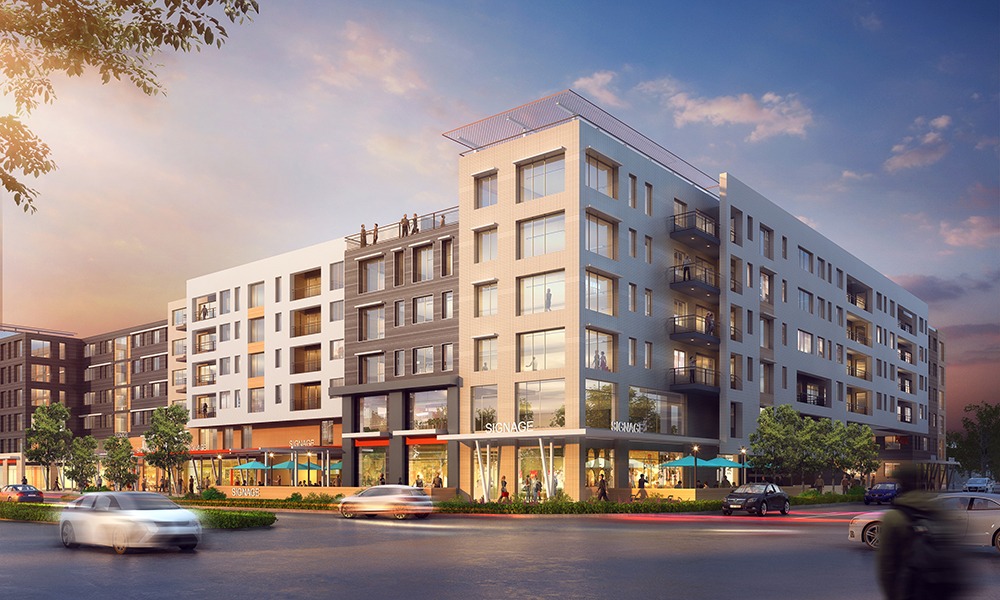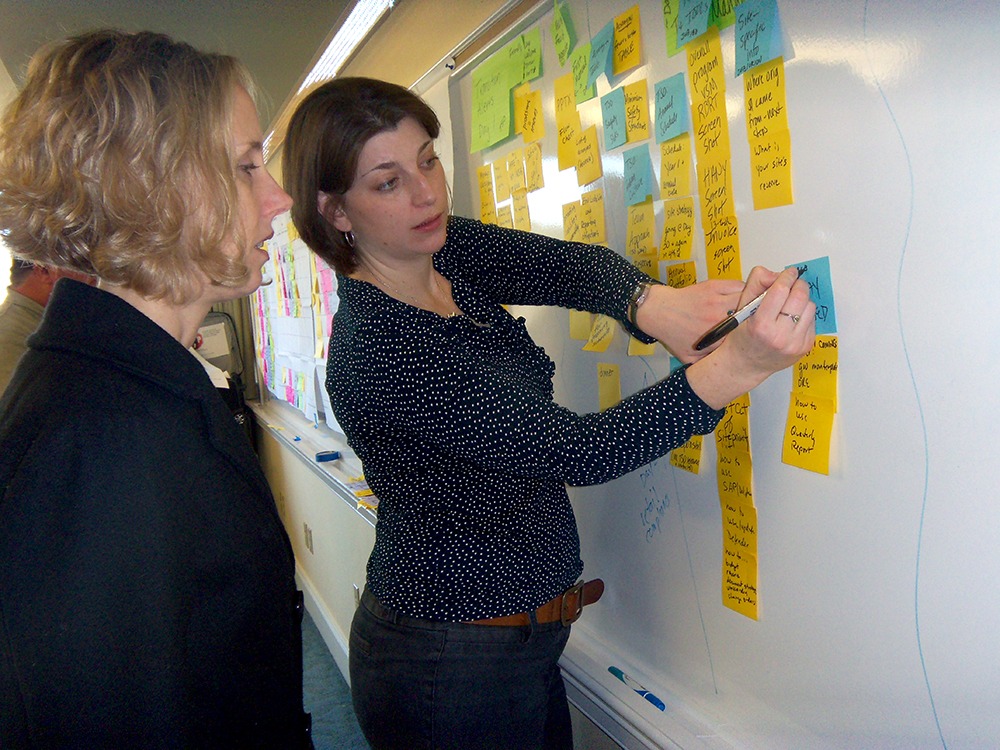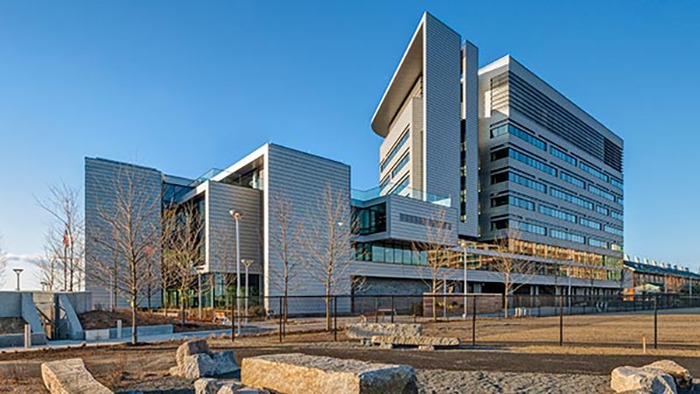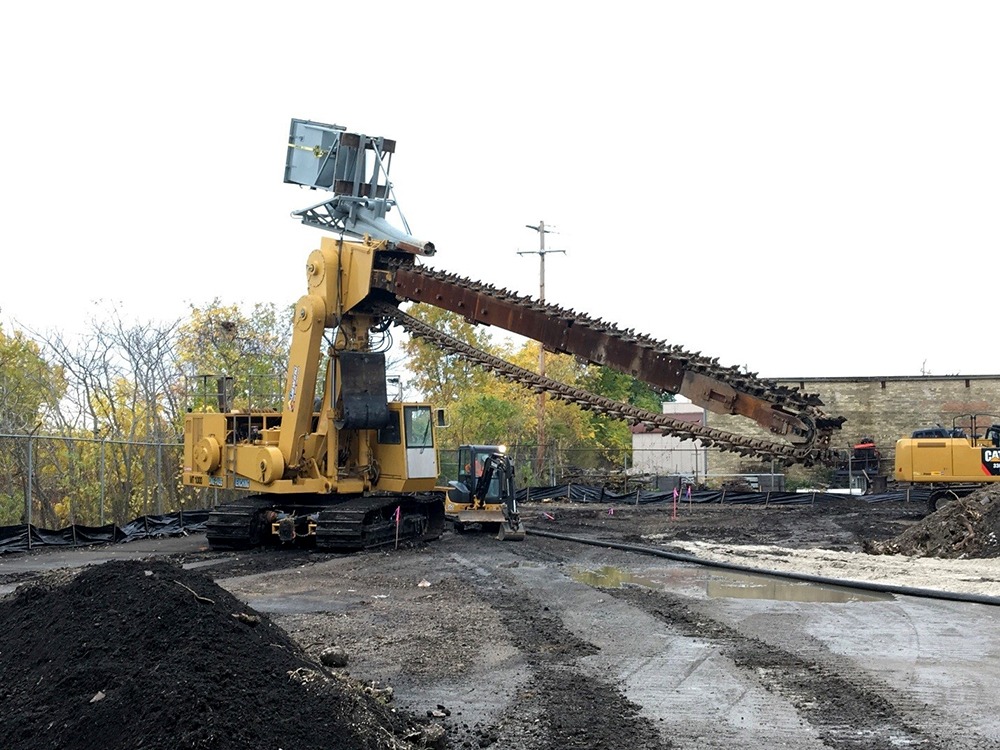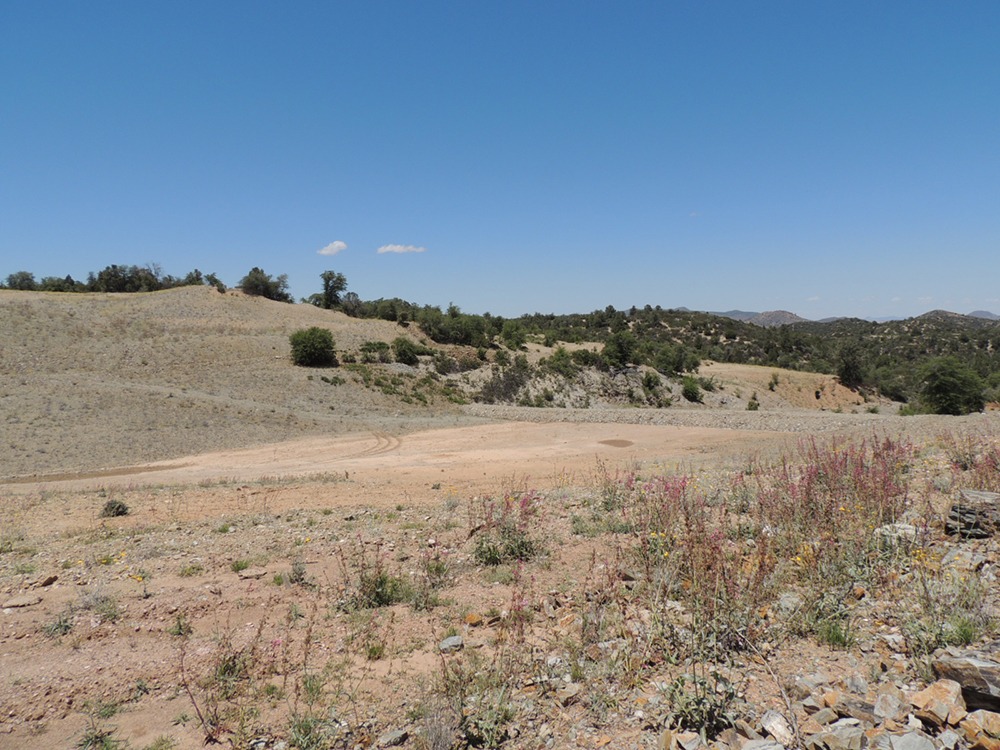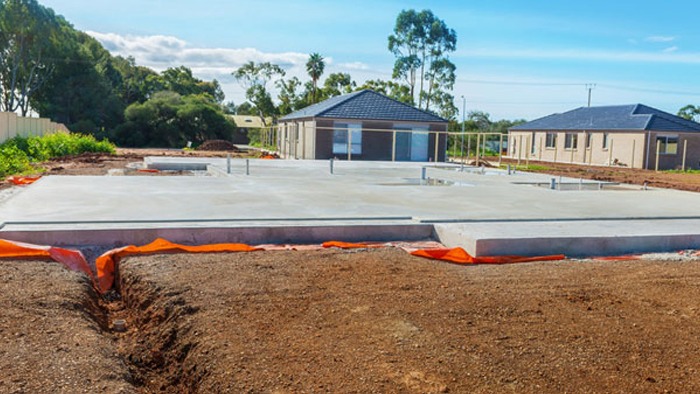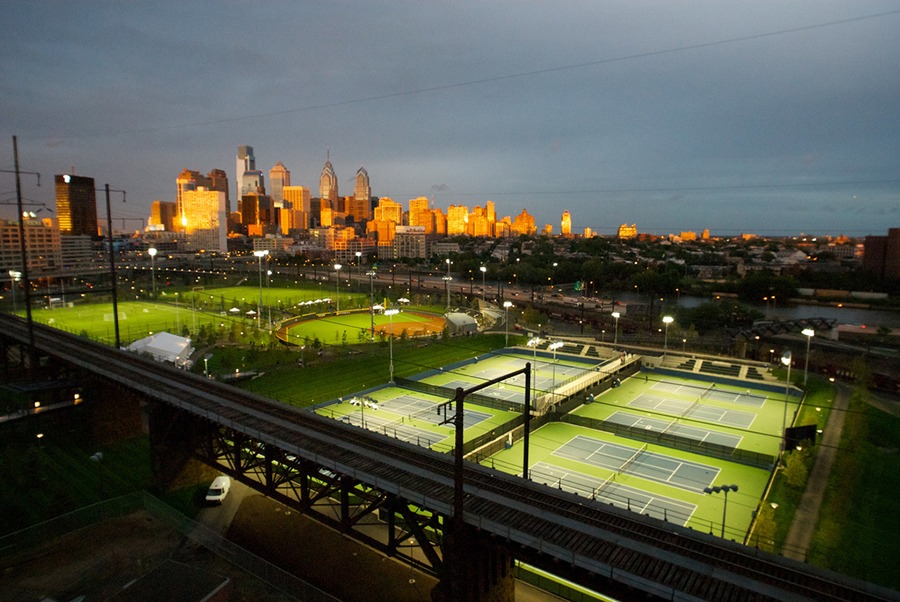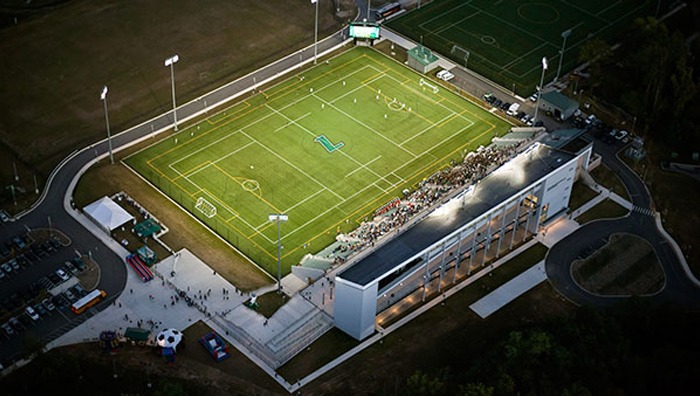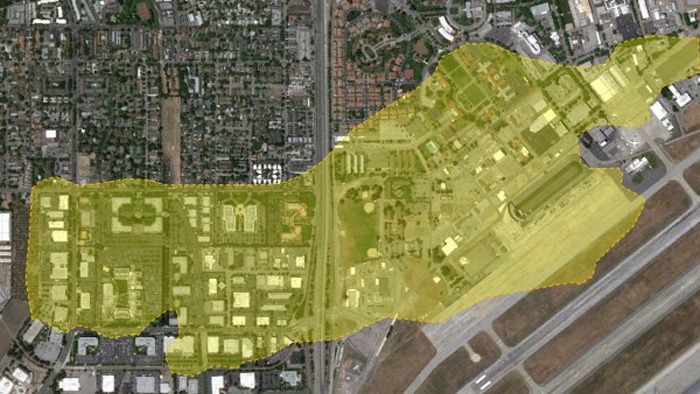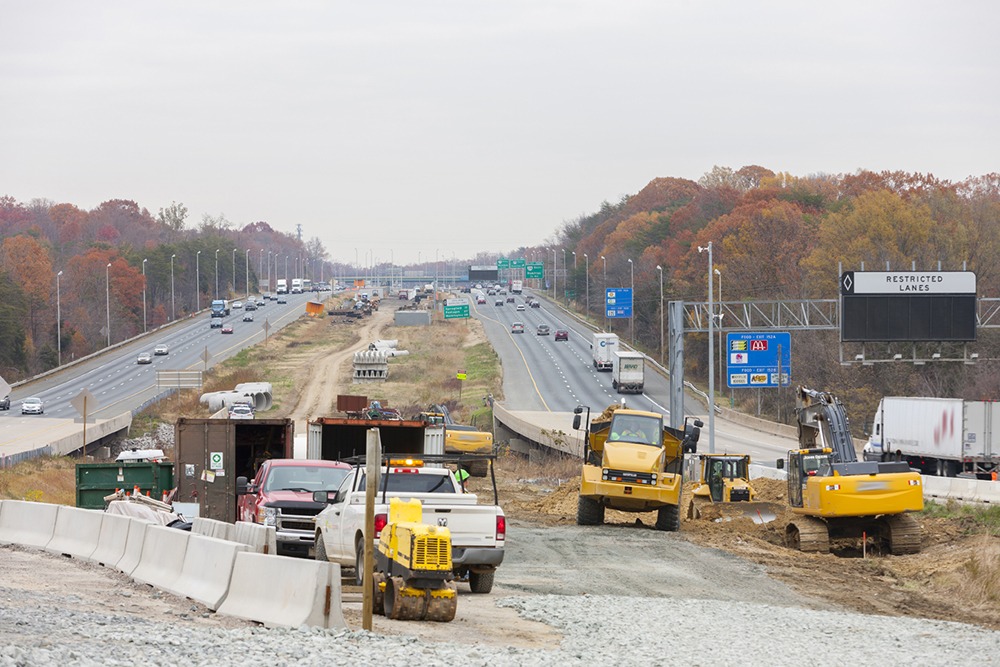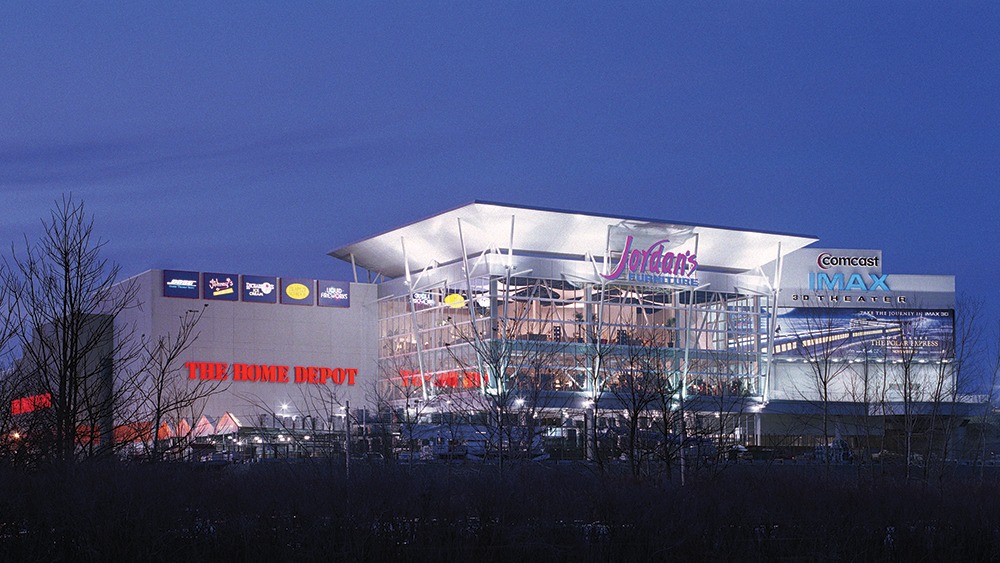
Real estate developers
Innovative planning turns stubborn landfill into profitable regional asset
$2 million
Generated annually to the town
$3 million
returned on the sale of the property
$5 million
saved in landfill remediation costs and potential sanctions
Summary
- Haley & Aldrich helped a developer overcome a landfill site’s many regulatory, environmental, and geotechnical engineering issues, which had proved too daunting for other developers, and fulfill its potential as a commercial hub.
- We came up with an unconventional approach to turn the landfill into a stable site that could maximize parking and make the project economically viable.
- Our pioneering design saved millions in construction costs, restored wetlands, and generated close to $2 million annually for the town of Reading, Mass.
Client challenge
The town of Reading, Massachusetts, had a $5 million problem in the form of its 33.5-acre inactive landfill, which had been ordered capped by the Massachusetts Department of Environmental Protection (MassDEP). The town offered the property for development in the mid-1980s in the hopes of transferring the $5 million cleanup costs to the developers as part of the construction cost of the project. However, over the course of 15 years, no developer had been able to devise an economically viable plan.
Developer Mark Dickinson recognized the site’s potential for commercial development in 1999, but the many regulatory, environmental, and geotechnical engineering issues represented too daunting a challenge. Dickinson Development engaged Haley & Aldrich to help find a creative solution.
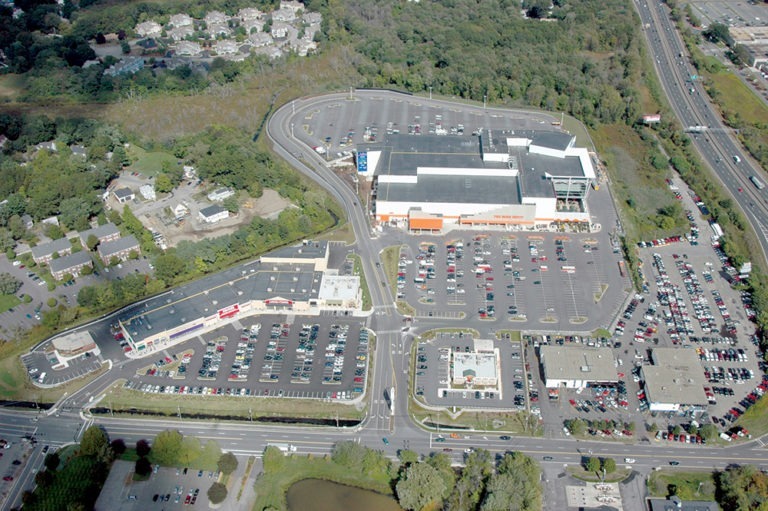
Our approach
We quickly identified the initial hurdle: developing the 33.5-acre property using the conventional, single-level suburban mall approach would not generate sufficient revenues to overcome to cost of closing and building on the landfill. There simply wasn’t enough area for both retail floor space and the necessary parking.
It was time to consider an unconventional approach. The Haley & Aldrich team proposed a shopping center with two anchor stores, but only a single footprint to preserve parking space. It was a strong concept; however, it presented many questions:
- Could two heavy, very different stores be stacked one on top of another?
- Could an efficient structure and foundation be designed, given the landfill subsurface – itself overlaying swampy terrain?
- Could all the waste be kept on-site, as directed by MassDEP, while creating viable parking areas?
- Could the project attract the right major retailers?
In the end, our unconventional approach proved to be a winning idea. Our pioneering design used grid-reinforced waste materials from the landfill site to construct retaining walls. Believed to be the first of its kind, the walls were also designed to be functional in the landfill cap and gas management system making the project economically viable and saving millions of dollars in construction costs.
The design also included restoration of wetlands and wetland buffer zones, a stormwater retention system, and a landfill gas collection and destruction system. Home Depot was soon secured as the first anchor retailer, followed by noted Boston-area retail innovator Jordan’s Furniture – a client that Haley & Aldrich helped bring on board. The project, now known as Walker’s Brook Crossing, came to full fruition in 2005, and today each anchor store is a leading revenue generator within their respective franchises.
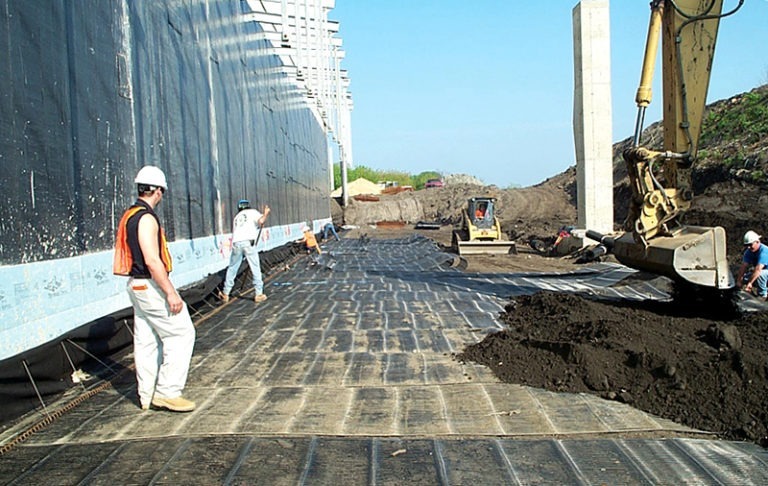
Value delivered
- Saved Reading $5 million in landfill remediation costs and potential MassDEP sanctions
- Returned $3 million on the sale of the property to Dickinson
- Turned an unsightly eyesore on a major roadway into a major regional asset that created thousands of jobs through construction and ongoing retail operations while generating close to $2 million annually to the town
Jordan’s and Home Depot cover photography by Mark Flannery.
For more information, contact:

Service Leader, Geotechnical Engineering


